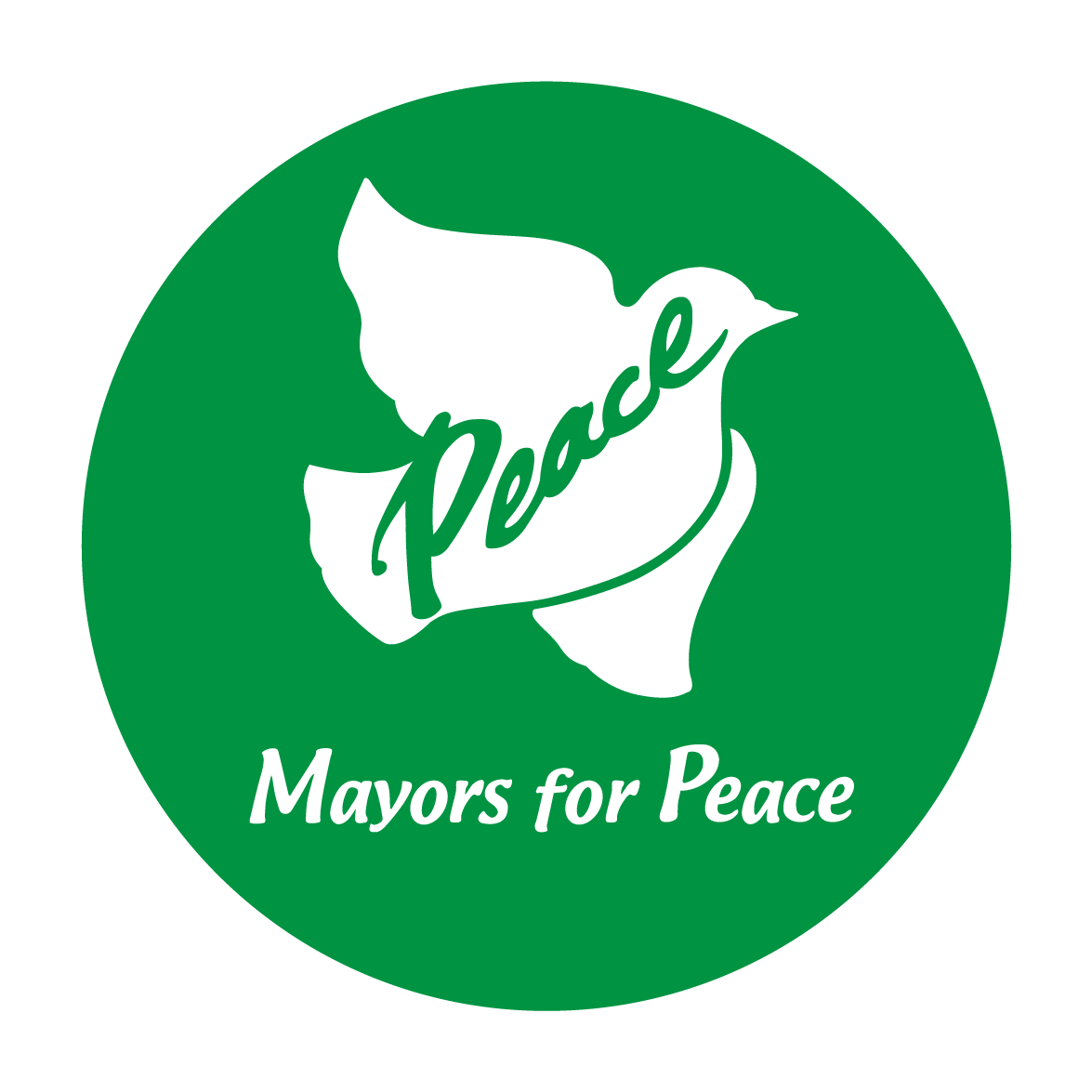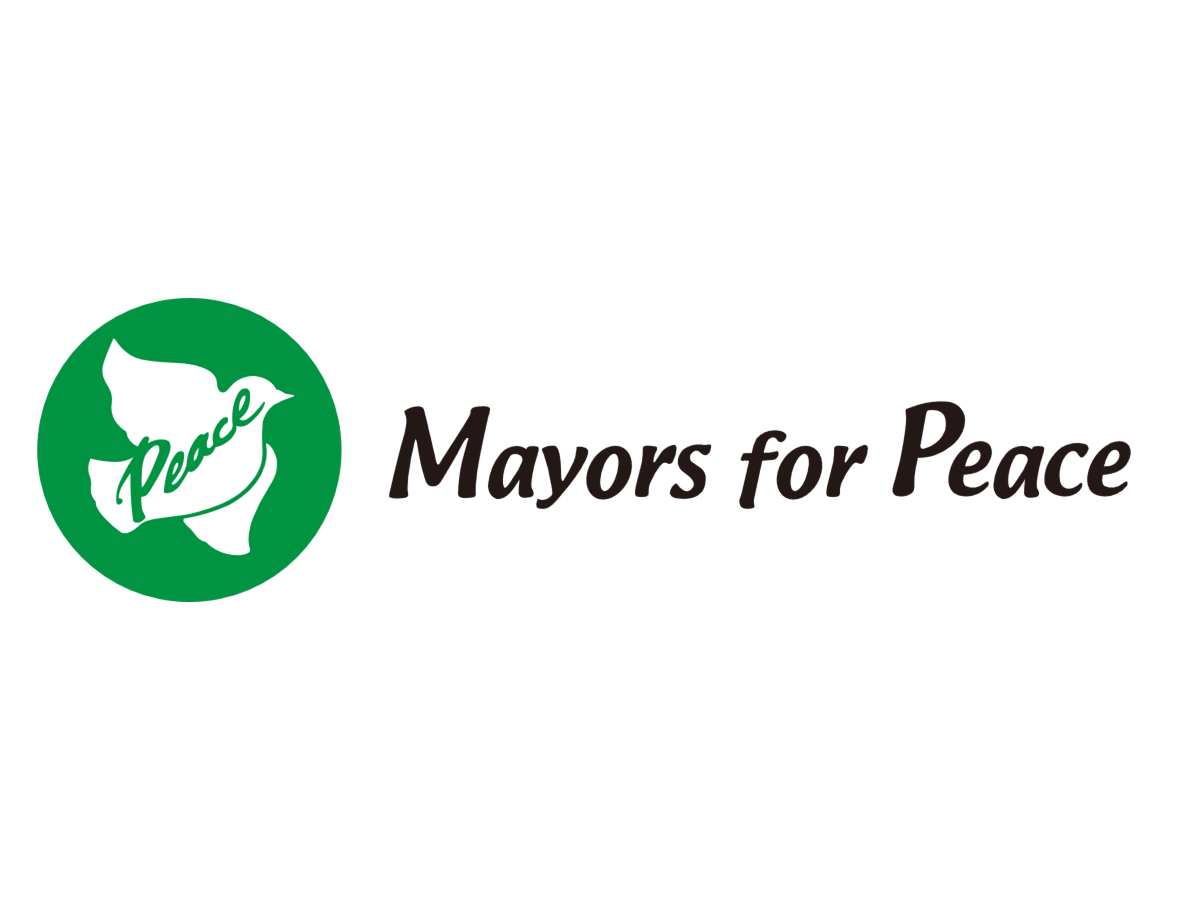1. Keynote Theme:
What Cities Can Do to Abolish Nuclear Weapons
-toward a nuclear weapon-free world by 2020-
2. Date:
August 4 (Thu.) – August 6 (Sat.), 2005(see the schedule)
3. Location:
International Conference Center Hiroshima
4. Sponsored by:
Mayors for Peace and Hiroshima City
5. Supported by: (in alphabetical order)
Hiroshima Peace Culture Foundation
Hiroshima Prefecture
City of Nagasaki
Nagasaki Foundation for the Promotion of Peace
Nagasaki Prefecture
National Council of Japan, Nuclear Free Zone Local Authorities
NGO Committee on Disarmament, Inc.
Parliament Association for Promoting International Disarmament of
Japan
United Nations Association of Japan
United Nations Information Centre
United Nations Institute for Training and Research Hiroshima
Office for Asia and the Pacific
United Nations University
6. Session Themes, Lecturers and Chairpersons
7. Participants (see the list)
Overseas: 144 people from 54 cities and 4 organizations* in 19 countries
Domestic: 61 people from 38 cities in Japan
Government: 18 people from 14 countries included European Parliament
NGO: 20 people from 7 organizations
Total 243 people
* The 4 organizations are the United States Conference of Mayors, Nuclear Free Local Authorities, National Association of Italian Municipalities and International Association of Peace Messenger Cities.
8. Summary
Following the May 2005 NPT Review Conference, which failed to achieve concrete results for the abolition of nuclear weapons, the 6th General Conference of Mayors for Peace Commemorating the 60th Anniversary of the Atomic Bombings discussed the review conference and new ways to press for conclusion of an international treaty banning nuclear weapons by 2010 and the total abolition of nuclear weapons by 2020.
This landmark Conference heralded a new stage of Mayors for Peace activities. Participant mayors reaffirmed their understanding that 1) the vast majority of people strongly desire the abolition of nuclear weapons and mayors, as advocates for their citizens, must endeavor to accomplish this goal, and 2) each city will support the international campaign (through promotion and fundraising) and launch its own independent activities.
(1) General Conference (see agendas)
We elected executive cities and declared August 6, 2005 to August 9, 2006, a Year of Inheritance, Awakening and Commitment. During this Year, we will launch a great diversity of campaigns to build global momentum for the abolition of nuclear weapons
(2) Plenary Session I
In her keynote speech, Ms. Susan Walker, who works so devotedly for implementation of the Anti-Personal Mine Ban Convention, proposed that Mayors for Peace should take establish strategic action plans, establish good relationships with governments, NGOs and civil societies and arouse international public demand. Mayors for Peace must address the abolition of nuclear weapons with clear vision and determination.
Representative participant opinions regarding Mayors for Peace activities included:
□Support for the 2020 Vision, the targets and the cause of Mayors for
Peace, both nuclear disarmament and nuclea rnon-proliferation.
□ Mayors are a part of civil society and can act independently of their
central governments.
□ We want to cooperate with the hibakusha (A-bomb survivors)
and help to convey their message in appreciation for all they have
done to preserve peace and prevent nuclear catastrophe.
□ It is vital to educate our children and help them forge a future of
genuine and lasting world peace.
□ It is necessary to promote reconciliation and peace culture rather
than violence and slaughter.
□ We must remember the past to build a better future.
(3) Section Meeting I
We discussed strategic coordination for the abolition of nuclear weapons. We agreed that we need to consider strategically how best to cooperate and the best ways to stay in contact. We need to move in concert not only with governments and NGOs but also the UN, local authorities and parliamentarians. Holding concrete events, cooperation with the Parliamentarians Network for Nuclear Disarmament, and using email to communicate were also proposed. The importance of offering ways for youth to participate in the activities of Mayors for Peace was emphasized.
(4) Section Meeting II
We discussed the approach to reconciliation through which hibakusha seek to resolve conflicts peacefully. Most participants expressed positive opinions regarding the crucial for sustainable peace education to lay the groundwork for the prevention of conflict.
(5) Plenary Session II
After reporting the summary of Plenary Session I and Section Meetings I and II, the Chairperson praised the active discussion and concrete suggestions for eliminating nuclear weapons by 2020. The three-day discussion was filled with valuable, usable suggestions, and the great benefit of this Conference derived from the fact that each participant offered new ideas and opinions.
(6) Closing Ceremony
We called upon all governments to immediately start negotiations toward the conclusion of an international treaty banning nuclear weapons, leading to total abolition of nuclear weapons by 2020. The Hiroshima Appeal (see enclosure 5) we adopted will strengthen our efforts to bring to conclusion an international treaty banning nuclear weapons by the 2010 NPT Review Conference.

